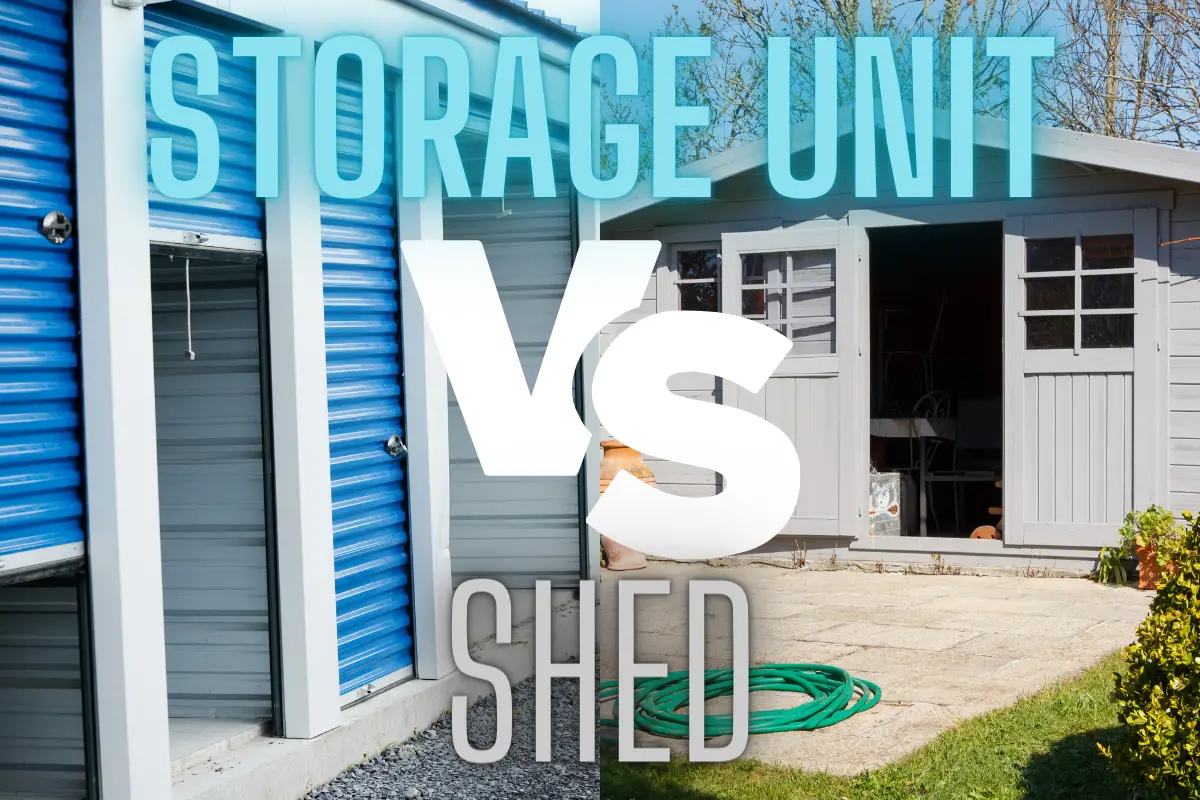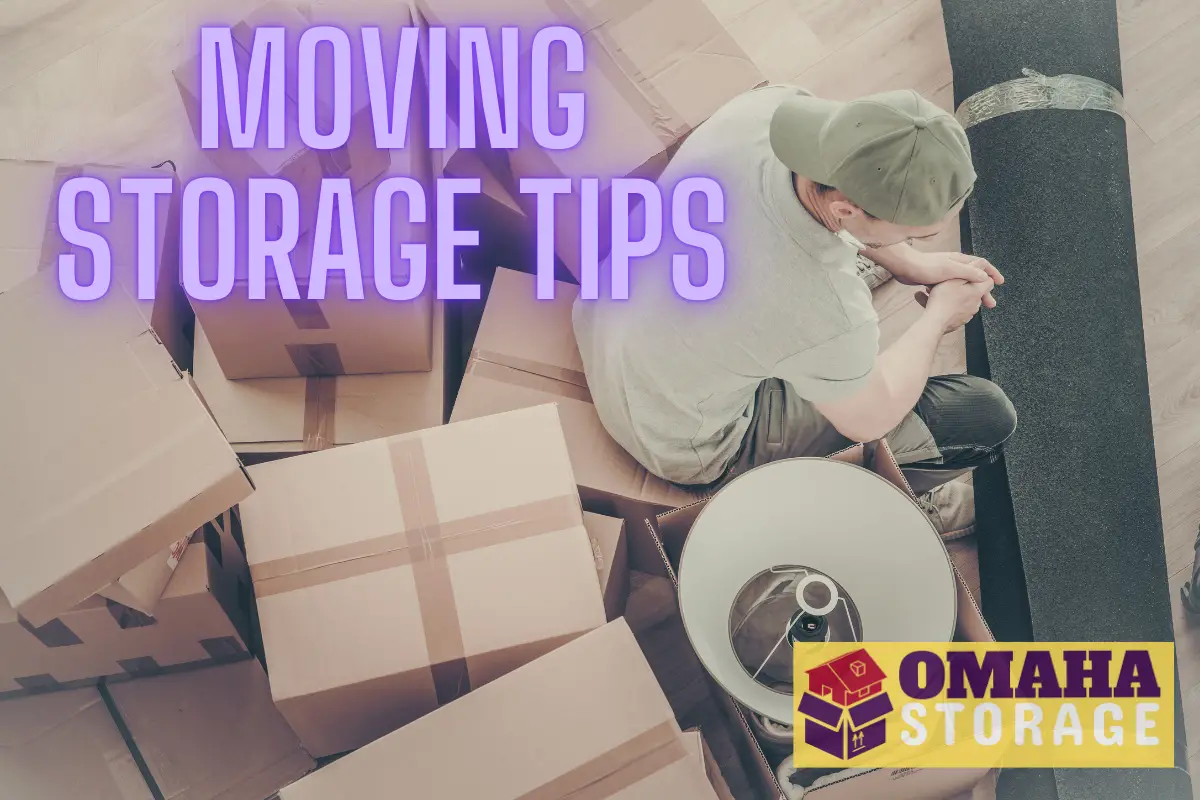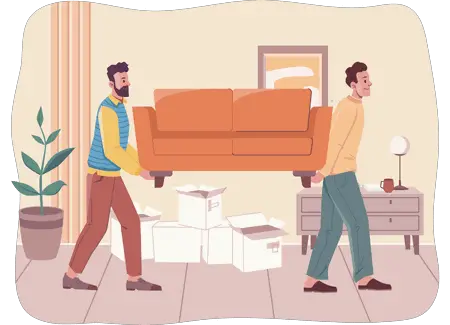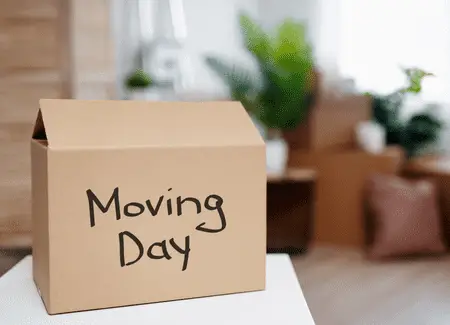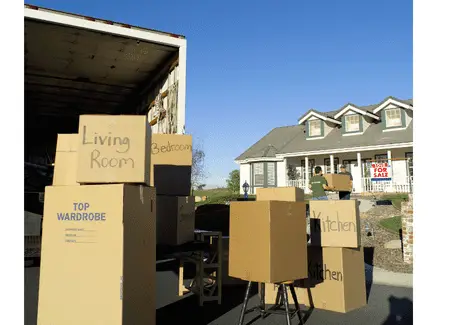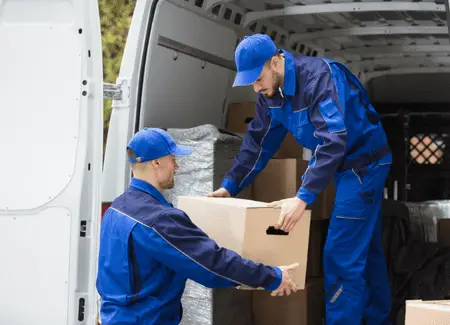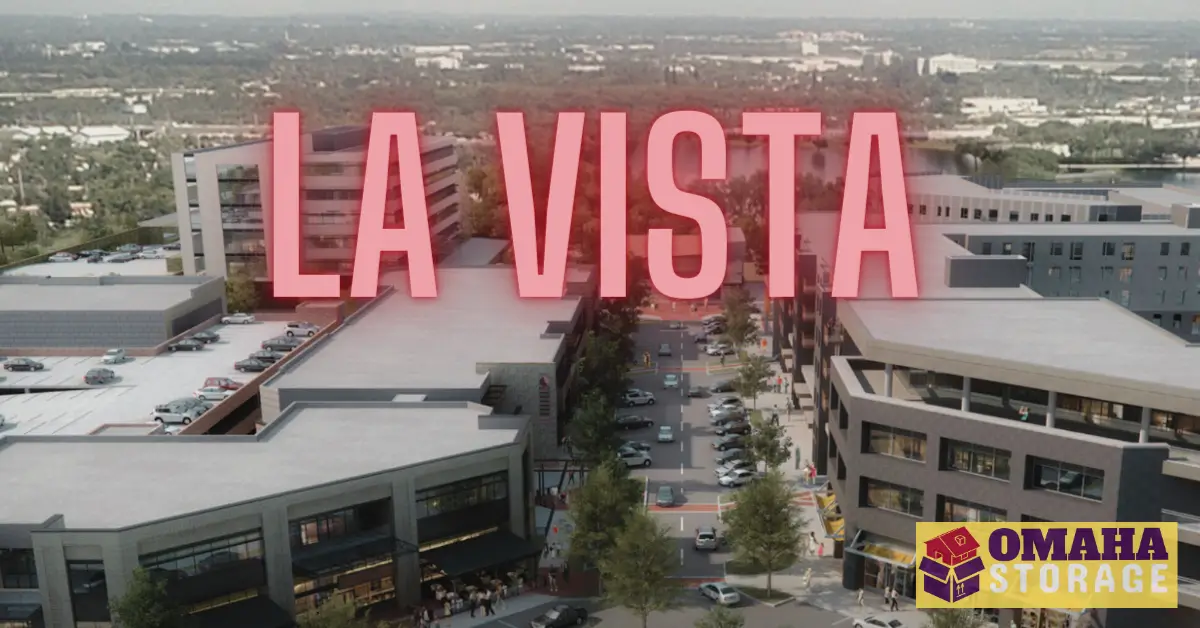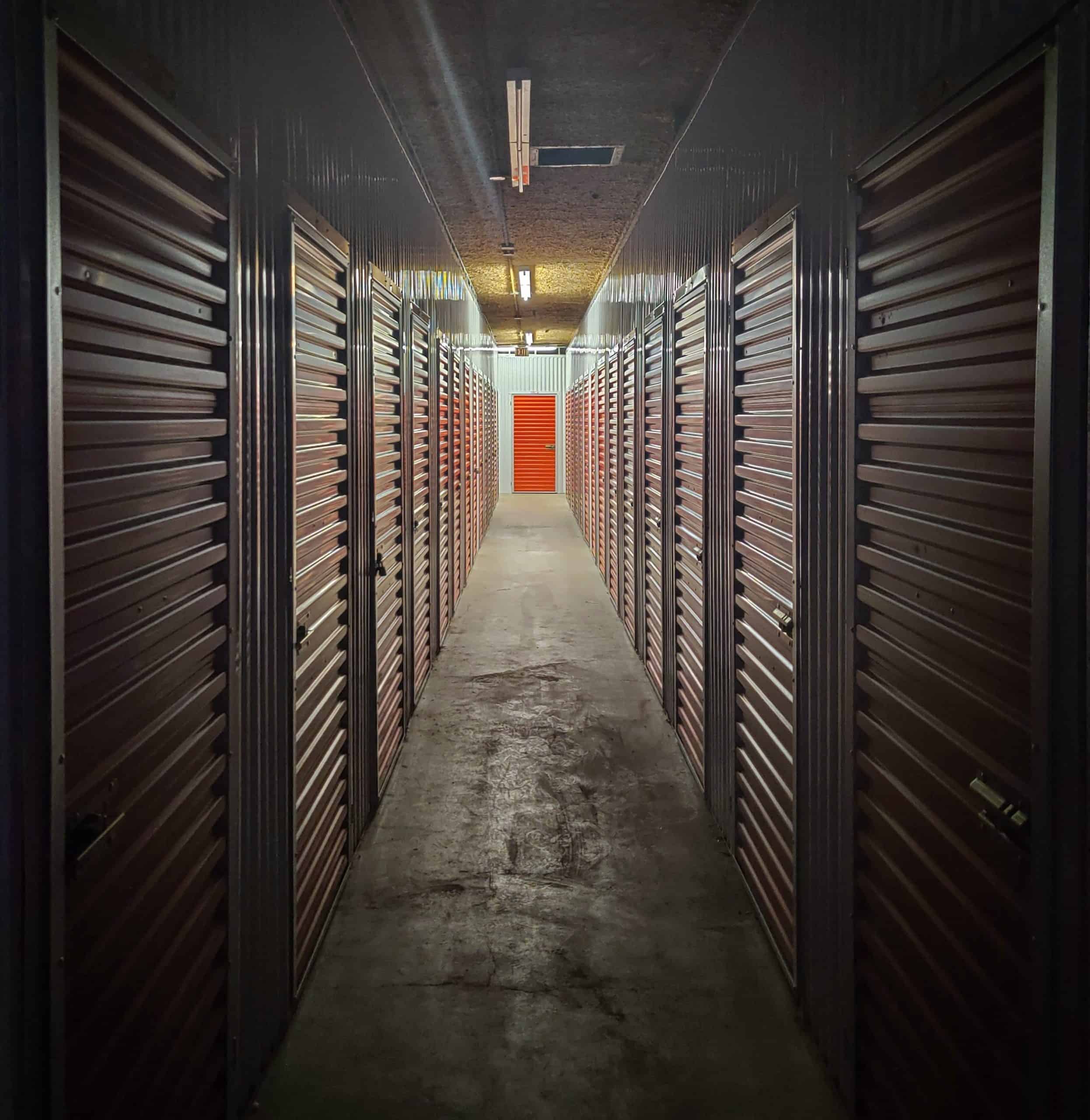When extra storage space is needed, people often consider renting a storage unit or buying a shed. Both options come with their own advantages and disadvantages.
In this self storage comparison, we’ll take a closer look at the costs associated with each option to help you make an informed decision that suits your needs and budget.
Initial Costs and Investments
The upfront costs of renting a storage unit and buying a shed can differ significantly.
While renting a storage unit typically requires a monthly fee and possibly a deposit, buying a shed involves a larger initial investment.
Renting a Storage Unit
Storage unit rental fees vary depending on factors such as location, size, and additional features like climate control.
You may also need to pay a deposit or administration fee when signing up for a rental agreement.
Some facilities offer promotions or discounts, such as a free first month or a reduced rate for long-term rentals.
Buying a Shed
When purchasing a shed, you’ll need to consider the cost of the shed itself, as well as any additional expenses such as delivery, installation, and site preparation.
Sheds come in various materials, sizes, and styles, with prices ranging from a few hundred to several thousand dollars.
Remember that high-quality materials and proper installation are essential for the shed’s durability and longevity.
On neighbor.com, there are spaces available for renting a shed. If you own a shed and need extra money, you could rent available space on that site.
Monthly Expenses
After the initial investment, ongoing costs should be considered. Storage unit rental fees are a monthly expense, while owning a shed may have occasional maintenance costs.
Storage Unit Rental Fees
When renting a storage unit, you will have a recurring monthly fee.
Some facilities also charge additional fees for services like 24-hour access, climate control or increased security measures.
When renting a storage unit, you’ll need to budget for the monthly rental fee.
Keep in mind that fees may increase over time due to market fluctuations or facility management decisions.
Shed Maintenance and Upkeep
While owning a shed eliminates monthly rental fees, it does come with occasional maintenance expenses.
Depending on the material, you may need to repaint, reseal, or repair your shed periodically.
Furthermore, if you live in an area with harsh weather conditions, you may need to invest in proper insulation or extra reinforcement to protect your belongings.
Shed Property Taxes
While owning a shed does not involve monthly rental fees, adding a shed to your property may affect your property taxes, depending on local regulations.
Accessibility and Convenience
When choosing between a storage unit and a shed, it’s important to consider how easy it is to access your belongings and the convenience of each option.
The flexibility and convenience of renting a storage unit or owning a shed can impact your overall costs and satisfaction with your chosen option.
Storage Unit Accessibility
Storage units are typically located in secure facilities with restricted access, which can be both an advantage and a disadvantage.
While this offers added security for your belongings, it may limit your access to your items, especially if the facility has specific operating hours or access restrictions.
Storage facilities usually offer convenient access hours, and some even provide 24/7 access.
However, you may need to travel to the facility to access your belongings, which can be inconvenient for some people.
Shed Location and Accessibility
Having a shed on your property offers the ultimate convenience, as you can access your belongings whenever you want.
However, this may not be an option if you have limited space or if local regulations prevent you from installing a shed.
In such cases, renting a storage unit may be the more viable option.
Security and Protection
Keeping your belongings safe and secure is a crucial factor when choosing a storage solution.
You may want to evaluate the security measures and environmental protection each option provides.
Storage Unit Security
Storage facilities typically offer various security measures such as gated access, surveillance cameras, and individual unit locks.
Climate-controlled units can also protect your items from environmental extremes.
Shed Security
When storing items in a shed, you’ll need to consider the security measures you’ll take to protect your belongings.
Installing a sturdy lock, motion-activated lights, or a security system can help deter theft.
Additionally, you may need to invest in insulation or ventilation to protect items from extreme temperatures or moisture.
Long-term Value
You’ll need to weigh the long-term costs of renting a storage unit compared to buying a shed. Each option has pros and cons.
Storage Unit Rent over Time
Over the years, the cost of renting a storage unit can add up.
If you plan to use the unit for an extended period, it’s essential to evaluate the total cost of rent over time and compare it to the cost of purchasing a shed.
Shed Resale Value
If you choose to buy a shed and later decide to sell it, you may be able to recoup some of the initial investment.
The resale value of a shed depends on factors such as its condition, materials, and demand in the local market.
Long-term vs. Short-term Needs
Your self storage prices comparison, whether temporary or long-lasting, can influence which option is more cost-effective and practical.
With this in mind, there’s a good rule of thumb when ultimately determining how to solve a storage need: Storage units for short term, Shed for long term.
Storage Units for Short-term Needs
If you only require extra storage for a short period, renting a storage unit may be more cost-effective and convenient.
There’s no need for a significant upfront investment, and you can easily rent a different unit if your storage needs change.
Sheds for Long-term Needs
If you anticipate needing extra storage space for an extended period, investing in a shed may be more cost-effective in the long run.
While the initial investment is higher, you’ll have a permanent storage solution without ongoing rental fees.
When comparing the costs of renting a storage unit and buying a shed, people often base their decision on initial investment, ongoing expenses, accessibility, security and how long the storage will be needed.
By carefully looking at each option, you can determine which solution best fits your budget, lifestyle and requirement.
Personal circumstances and priorities may play a role in your final decision.
If you value convenience and accessibility, a shed on your property may be the ideal choice.
On the other hand, if security and climate control are your top concerns, renting a storage unit is a better fit.
Think about factors such as flexibility, convenience, and accessibility. By carefully weighing these factors, you’ll be able to make the best decision for your need.
Ultimately the choice between renting a storage unit and buying a shed comes down to your unique needs and preferences.
Take the time to research and compare costs. Your research probably won’t take very long and could save you money and time.
You may want to consider consulting with a storage professional to help you make your decision.
Frequently Asked Questions
How much does it cost to rent a shed?
The cost to rent a shed varies depending on many factors like the size of the shed, your location, the rental period and the style of the shed whether it’s a basic style or a more specialized one with features like climate control.
As a ball park figure, you can expect to pay around $65 to $350 per month to rent a basic storage shed. Although expect to find higher prices in the more populated areas and when you’re looking at larger, specialized sheds.
We recommend contacting local shed rental companies — or storage facilities – in your area. They can provide you with a better quote based on your needs.
How can I find self storage sheds near me?
Here’s some ways you can try:
- Search the Internet: Check with Google and type in “self storage sheds near me” or “storage units near me“. This should bring up a list of places to check nearby.
- Ask for Recommendations: If you know anyone who’s used a self storage shed, ask them for recommendations. Personal experiences can be helpful in finding a good place.

